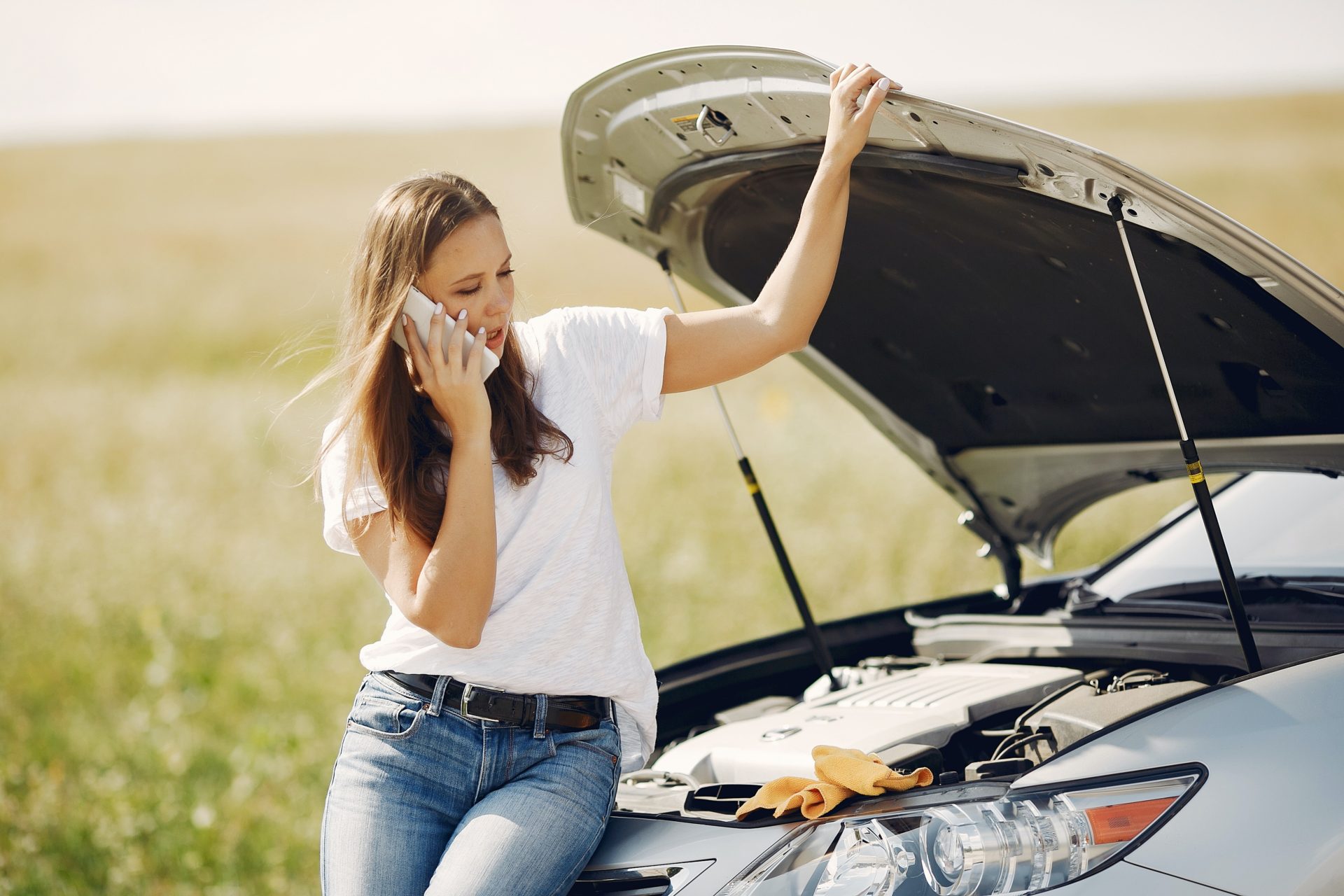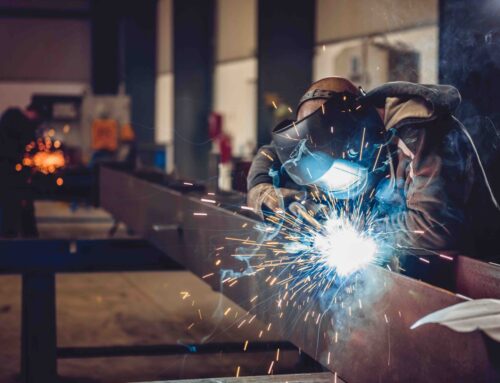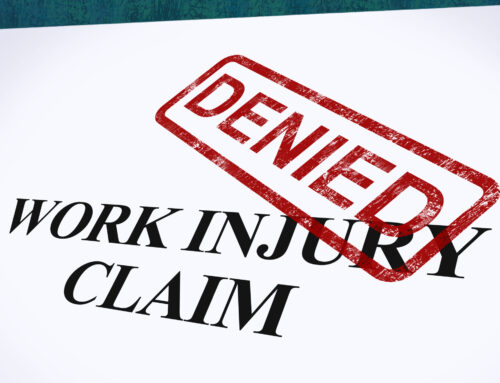Beat the Heat on the Street
Much like the people who drive them, cars can overheat. Overheating is a common occurrence experienced by drivers and can be caused by a variety of factors. Here’s what you need to know about prevention, causes, signs, and what to do if it happens to you.
Why Me?
When your car overheats leaving you stranded, you may find yourself wondering, “Why me? Why now?”
The answer is most likely one of the following causes.
- If your vehicle is running low on coolant, your engine will have no way to cool down.
- A leaking water pump cannot properly circulate coolant through the engine.
- Your car’s heater core is a blessing in the winter, and seems useless during summer. However, if it gets clogged, the flow of coolant will become restricted.
- Blowing a head gasket can cause a coolant leak. This is usually a result of an already overheated engine.
- A radiator blockage prevents the necessary flow of coolant.
- Because your car’s thermostat helps regulate the engine’s temperature, a failed one can cause overheating.
- “Stop and go” traffic on a particularly hot day can also cause your car to overheat.
How Can You Tell?
Your vehicle has ways of telling you when something is wrong. The symptoms below are a vehicle’s way of telling the driver that the engine is overheating.
- The temperature gauge in the red zone.
- The car’s inability to keep its normal pace (weak engine).
- Coolant on the ground beneath the vehicle.
- Thumping or ticking sounds.
- Steam rising from under the hood.
- Weird smells.
It Happened – Now What?
If your car overheats while driving, keep calm and follow these five steps.
Turn on the heat.
- It sounds counterproductive, but it blows heat off of the engine which helps with cooling.
- If it’s working, the warning light will turn off and the needle of the temperature gauge will go down.
Pull over.
- If turning on the heater doesn’t work, pull over somewhere safe and turn the car off.
Call roadside assistance or wait 15 minutes.
- If you don’t have roadside assistance, then your best bet is to wait it out. It takes roughly 15 minutes for an engine to cool down once it’s off.
- Do not open the hood while your car is cooling down. Otherwise you risk being burned by hot spray or steam.
- The hood should feel cool before attempting to open it.\
Add coolant.
- After you’ve waited at least 15 minutes, pop the hood and locate the radiator cap which can be found in your driver’s manual.
- Use gloves or a towel to unscrew the cap. Unscrew slowly to release pressure.
- Slowly pour coolant, which is a mixture of 50% antifreeze and 50% water, into the tank until the fill line is reached.
- Replace the cap and turn on the car.
Drive to the nearest service station.
- Remember, coolant may reverse overheating, but it doesn’t fix what caused the problem in the first place. It’s a temporary fix that will allow you to get to a service station safely.
Prevention
To help prevent your vehicle from overheating, take the following precautions.
- Have your car serviced and maintained regularly.
- Check your fluids often, especially before a long drive.
- Keep a gallon of coolant in your car.
- If you find yourself in “stop and go” traffic on a hot day, turn the heat on every so often.
Unfortunately, car accidents can still occur – even if you’re in park – due to negligent drivers. If you’ve received a personal injury in a car accident caused by another party, contact us (before speaking with the insurance adjuster) to schedule your initial legal consultation. There, you’ll get free legal advice from a Columbia personal injury attorney near you.







